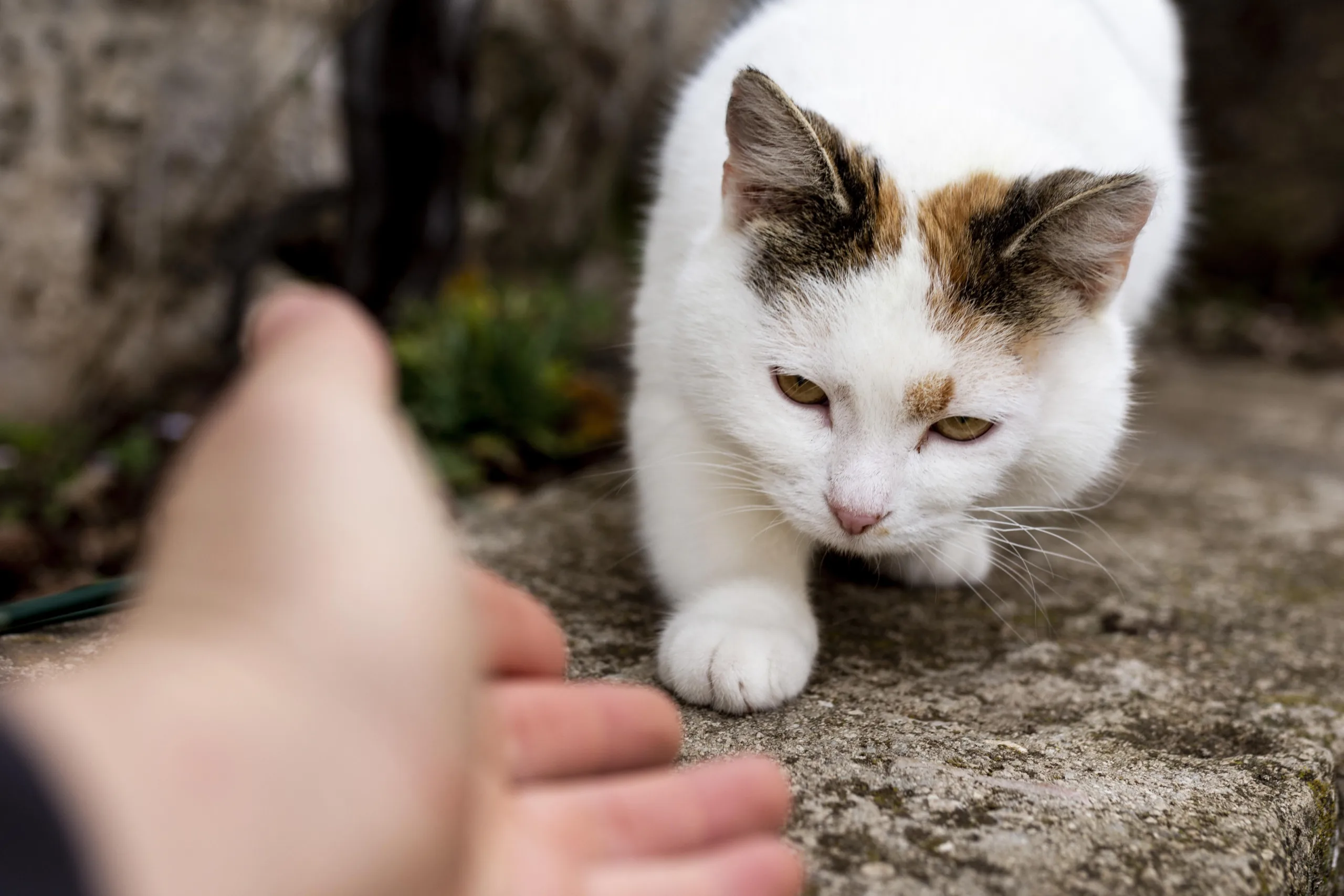Introduction
Introducing cats to each other can be an exciting and rewarding experience. However, it’s important to approach the process with caution and be aware of potential warning signs that may indicate tension or conflict between the cats. By recognizing these signs early on, you can take appropriate measures to ensure a smooth and successful introduction. In this article, we will explore common warning signs to watch for when introducing cats and provide valuable insights on how to manage the process effectively.
Understanding Cat Body Language
Cats communicate primarily through body language, and it’s essential to familiarize yourself with their cues and signals. When introducing cats, pay close attention to their body language to gauge their level of comfort or distress. Here are some key warning signs to look out for:
1. Flattened Ears
Flattened ears are a clear indication that a cat is feeling threatened or agitated. When cats feel uneasy or defensive, they may press their ears tightly against their heads, making them appear flat. This defensive posture is often accompanied by other signs of aggression, such as hissing or growling.
2. Hissing and Growling
Hissing and growling are vocalizations that cats use to express fear or anger. During the introduction process, it’s not uncommon for cats to hiss or growl as a defensive reaction. However, excessive or prolonged hissing and growling may suggest a higher level of aggression and should be addressed promptly.
3. Dilated Pupils
Cats’ pupils naturally dilate in low light or when they are excited. However, dilated pupils during a cat introduction can indicate heightened arousal or stress. If you notice consistently dilated pupils in one or both cats, it may be a sign that the introduction needs to be slowed down or adjusted.
4. Swishing Tail
A cat’s tail is an expressive part of its body, and a swishing tail can convey various emotions. While a gently swaying tail may indicate curiosity or playfulness, a rapidly swishing tail can be a warning sign of agitation or aggression. Pay attention to the speed and intensity of tail movements during the introduction process.
Red Flags During Introductions
In addition to understanding cat body language, there are specific behaviors and interactions that should raise red flags when introducing cats. Here are some warning signs to be aware of:
1. Persistent Avoidance
If one or both cats consistently avoid or hide from each other, it may suggest that they are not yet comfortable with the introduction. Cats may seek separate spaces and avoid interaction when they feel threatened or anxious. It’s important to provide safe spaces and gradually increase positive exposure to help them acclimate.
2. Prolonged Aggression
While some level of hissing or growling is to be expected during introductions, prolonged or escalating aggression is cause for concern. If the cats engage in intense physical fights, inflict injuries, or exhibit unrelenting aggressive behaviors, it’s crucial to intervene and seek professional advice from a veterinarian or animal behaviorist.
Frequently Asked Questions (FAQs)
To provide you with further guidance, here are answers to common questions regarding introducing cats:
Q: What are good signs when introducing cats?
A: Good signs include calm and relaxed body language, friendly approaches, sniffing without aggression, and positive interactions like play or grooming.
Q: What happens if you introduce cats too quickly? A: Introducing cats too quickly can lead to stress, fear, and aggression. It’s essential to take the introduction process slowly, allowing the cats to adjust at their own pace.
Q: What should you not do when introducing a cat?
A: Avoid forcing interactions, punishing or yelling at the cats, or leaving them unsupervised during the early stages of introduction. These actions can create negative associations and hinder the bonding process.
Q: How much hissing is normal when introducing cats?
A: Some hissing during initial introductions is normal as cats establish boundaries. However, excessive, continuous, or aggressive hissing may indicate significant stress or potential compatibility issues.
Q: Is it OK to let cats hiss at each other?
A: It is generally acceptable for cats to hiss at each other during initial introductions. Hissing is a form of communication and can help establish boundaries. However, it should not escalate into physical aggression or prolonged tension.
Q: Do cats feel bad after hissing at you?
A: Cats do not experience feelings of guilt or remorse like humans do. Hissing is a natural response to perceived threats or discomfort, and it does not indicate long-term negative emotions towards their owners.
Conclusion
Introducing cats to each other requires patience, observation, and an understanding of their body language. By being aware of warning signs such as flattened ears, hissing, dilated pupils, and tail swishing, you can take appropriate steps to manage the introduction process effectively. Remember to follow a gradual and supervised approach, providing safe spaces and positive experiences for both cats. If you encounter persistent aggression or significant difficulties, it’s always advisable to consult with professionals who can offer expert guidance. With proper care and attention, you can foster harmonious relationships between your feline companions.
External links:
Warning Signs When Introducing Cats – An Easy Guide – Better With Cats offers an easy-to-understand guide on warning signs to look out for when introducing cats. The article covers various body language cues, verbal cues, and behaviors that may indicate potential issues during the introduction process.
